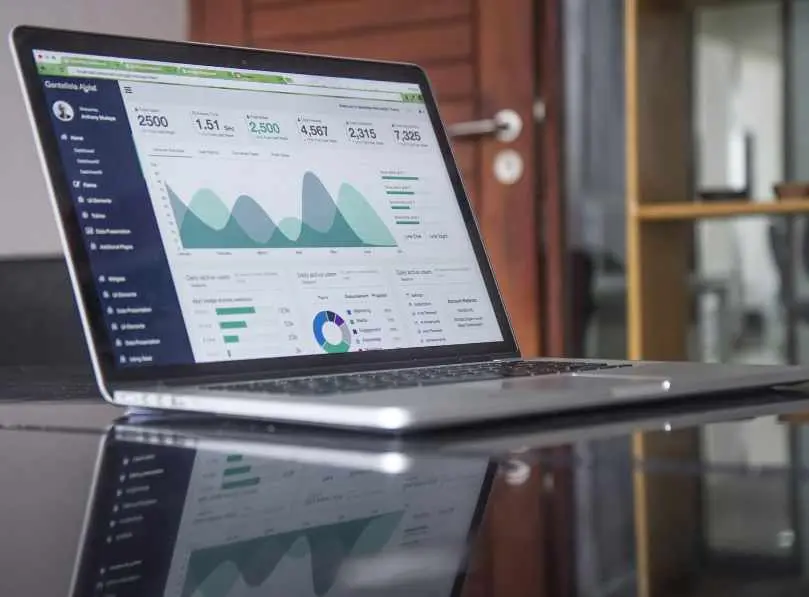Unlocking the Power of HR Analytics: Why Data Matters

People often hear the terms “data-driven” and “analytics” spreading within their company. But what do they really mean for HR? For HR professionals, people are the company’s key asset. But how can HR understand their people without data and analytics? HR analytics is how they can take all that data—from recruiting and hiring to performance and retention. They can turn it into insights that drive real business impact.

Companies tapping into HR analytics open a realm of understanding their workforce and predicting trends. They will be able to see beyond gut instinct and know what is really happening in their company. They will gain insights into everything from spotting future talent to reducing turnover to improving employee experience. The best part? HR analytics benefits both the people and the company’s bottom line.
What Are HR Analytics?
HR analytics are data-driven insights that help HR professionals make smarter decisions. By analyzing information like employee surveys, performance reviews, and exit interviews, companies gain valuable insights into their workforce.
Why does HR Analytics Matter?
The data does not lie. HR analytics uncover trends that help:
- Identify skills gaps and training needs. See where employees may be struggling and proactively address issues.
- Improve recruiting and hiring. See what makes a successful candidate and target similar applicants.
- Increase employee retention. Spot signs of employee disengagement or potential departure to prompt preventive measures.
- Streamline HR processes. Find inefficiencies and make data-driven changes to save time and money.
- In today’s competitive job market, data-driven decisions are key. HR analytics empower companies with facts and evidence to develop effective people strategies, drive business outcomes, and gain a competitive advantage. The result? A high-performing engaged workforce and a company poised for success.
Using Data to Drive HR Decisions and Strategy
HR analytics gives the insights needed to make smarter decisions. By tracking key metrics over time, companies can identify patterns and trends to enhance processes.
For instance, analyzing recruiting data helps source top talent faster. HR might find that employee referrals have the highest yield. Or that a certain job board attracts more qualified candidates. It is wise to focus the efforts there.
Examining performance and retention data points HR professionals to growth opportunities. If turnover is highest in a particular department or managers need more coaching. Targeted interventions can have a huge impact.
Looking at compensation and benefits data helps companies offer competitive packages. If industry-wide salaries rise, adjustments to pay bands may be necessary to avoid losing talent. Regular audits help avoid reactive spending.
At the strategic level, data analysis informs workforce planning. By projecting hiring needs and turnover, companies can anticipate challenges and ensure the right resources and budget in place. The result? A tailored HR strategy that meets business goals.
In today's world, intuition and guesswork are not enough. HR analytics gives the facts and evidence to guide most important decisions. Make it a priority and start unlocking the potential of data.
Implementing an HR Analytics Program: Tips and Best Practices
Implementing an HR analytics program requires careful planning and execution. Here are tips to set the business up for success:
-
Start small
Do not feel overwhelmed by launching a full-scale analytics initiative right away. Begin with a pilot program focusing on one key area, like employee retention or performance management. Learn from the experiences and build from there.
-
Get buy-in
Explain the benefits of analytics to executives and managers to gain their support. Show how data-driven insights can help them make better business decisions and achieve key outcomes. Their backing is essential for implementing changes and new programs.
-
Choose metrics wisely
Focus on metrics that provide actionable insights, not just interesting information. Work with managers to determine key questions they need answered, then figure out the data required to address those questions.
-
Invest in tools
Having the right technology and software in place makes the analytics process much easier. Look for all-in-one platforms that can collect, analyze, and visualize data from across HR systems.
-
Continuously improve
View the analytics program as an ongoing initiative, not a one-and-done project. Continue gathering feedback, evaluating what's working, and making enhancements to ensure maximum value and impact over the long run. With time and practice, a company’s skills and expertise in HR analytics will grow.
Following these best practices will set the business up for success in unlocking the power of data-driven HR insights. Start small, get buy-in, choose metrics wisely, invest in tools, and keep improving - that is the key to implementing an impactful HR analytics program.
Unleash the Power of HR Analytics
HR analytics is not just a fancy buzzword, it is a gamechanger. By leveraging data and insights about their people and processes, a company gains a competitive advantage. They make smarter decisions, spot trends, and gain foresight into risks and opportunities on the horizon. HR analytics improve how a company hires, trains, and retains top talent. They can create a data-driven culture where opinions take a backseat to facts and evidence.
The best part is it does not require HR professionals to have a degree in data science. With the right tools and mindset, anyone in HR can become an analytics rockstar. Dive in and unleash the power of HR analytics. A company's future success depends on it. The data tells so.
Insights You Need to Get It Right







